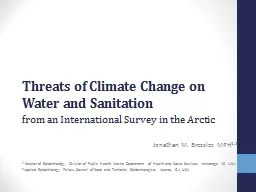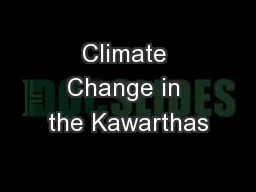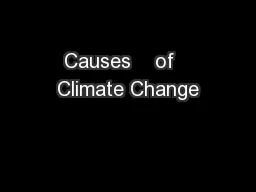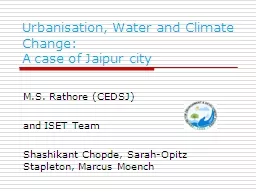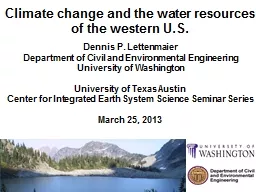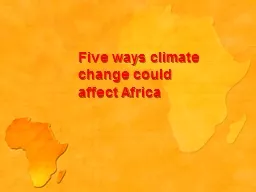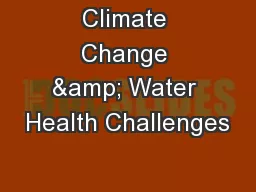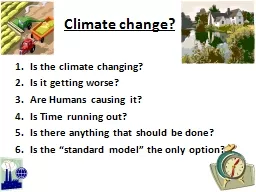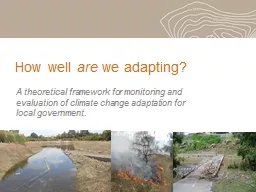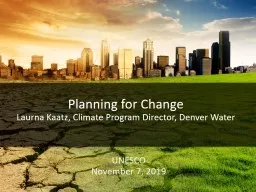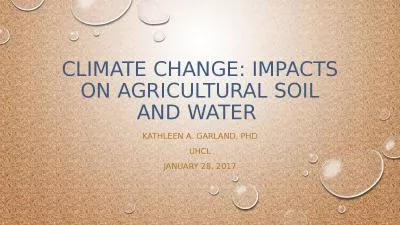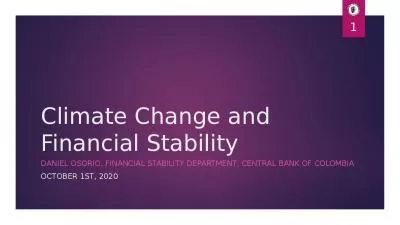PPT-Threats of Climate Change on Water and
Author : kittie-lecroy | Published Date : 2020-04-04
Sanitation f rom an International Survey in the Arctic Jonathan M Bressler MPH 12 1 Section of Epidemiology Division of Public Health Alaska Department of Health
Presentation Embed Code
Download Presentation
Download Presentation The PPT/PDF document " Threats of Climate Change on Water and " is the property of its rightful owner. Permission is granted to download and print the materials on this website for personal, non-commercial use only, and to display it on your personal computer provided you do not modify the materials and that you retain all copyright notices contained in the materials. By downloading content from our website, you accept the terms of this agreement.
Threats of Climate Change on Water and : Transcript
Download Rules Of Document
" Threats of Climate Change on Water and "The content belongs to its owner. You may download and print it for personal use, without modification, and keep all copyright notices. By downloading, you agree to these terms.
Related Documents

